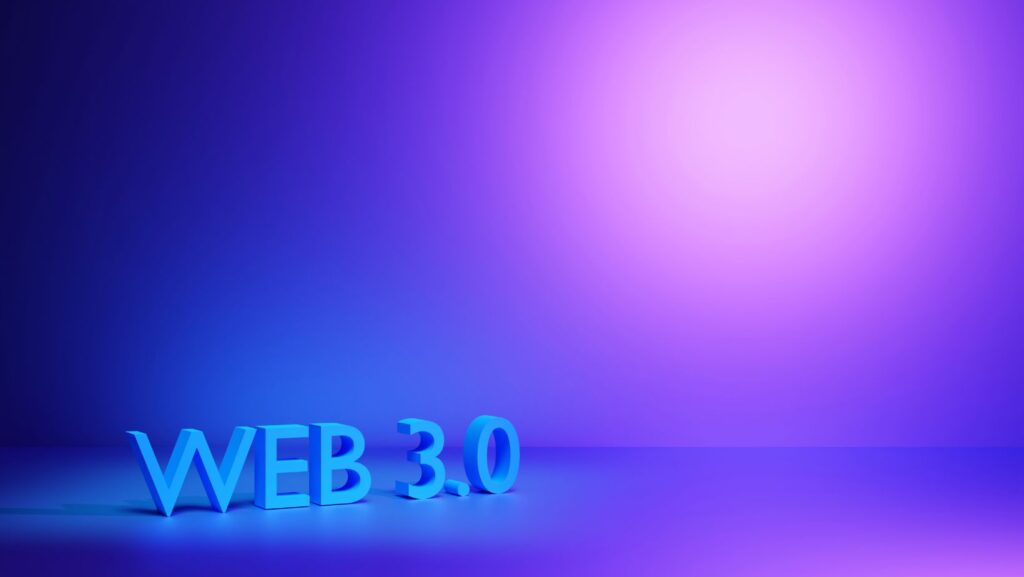Everywhere you look, people are throwing around terms like decentralization, blockchain, and Web 3.0 as if they’re part of some secret tech club. But what does it all actually mean? And more importantly, is it worth paying attention to, or is it just another trend that’ll fade faster than last year’s meme stocks? If you’ve been wondering whether Web 3.0 is the future or just a fancy marketing ploy, you’re not alone. Let’s break it down in plain English; no tech jargon is required.
The Evolution of the Internet
To get Web 3.0, you’ve got to understand where we’ve been. Think of Web 1.0 as the internet’s awkward teenage years—static websites, no interactivity, and barely any images. It was like reading a digital newspaper where you couldn’t comment or share your opinions. Then came Web 2.0, the social media explosion. Platforms let us connect, post, share, and engage like never before. But there was a catch: big companies started owning everything—our data, our conversations, even our attention spans.
Web 3.0 flips that script. It’s all about giving power back to the users. Instead of corporations controlling everything, you’re in charge of your own data. Think of it as the internet moving out of its corporate cubicle and becoming a free-spirited freelancer.
Why Decentralization Matters
Here’s the thing: most of us are tired of being the product. Every time you scroll through your favorite app or search for anything online, you’re handing over data on a silver platter. Web 3.0 promises to change that by decentralizing the internet. No more middlemen. No more big tech giants watching your every click. Sounds dreamy, right?
One of the coolest tools gaining traction is the use of “no cost proxies” to bypass surveillance-heavy systems. These proxies let you browse without the usual snoops looking over your shoulder. While this sounds revolutionary, it’s just the tip of the iceberg.

Decentralization also means better security, transparency, and control over your digital identity. The promise is huge, but there’s a catch—it’s still in the early days, and adoption isn’t exactly seamless yet. But hey, every big thing starts small.
Asset Tokenization Is Redefining How We See Value Online
Let’s talk money—or rather, assets. In the Web 3.0 era, anything can become an asset, thanks to blockchain technology. Your art, music, a tweet, or even your dog’s most adorable photo can be tokenized into a digital asset that holds real-world value. The process, called asset tokenization, breaks down traditional barriers around ownership. It’s like giving everything you own a unique fingerprint that proves it’s yours.
This goes beyond just NFTs (yes, those overpriced monkey pictures). Imagine being able to invest in a fraction of a house or owning a share of a globally famous painting. With tokenized assets, you’re not stuck playing the stock market game; the entire world of value opens up to you. It’s democratizing ownership in a way we’ve never seen before. Sure, it’s still experimental, but the potential is mind-blowing.
Gaming and the Metaverse
If Web 3.0 is the new frontier, gaming will already be leading the charge. Remember when video games were just about beating high scores or leveling up? Now, players are earning actual money through decentralized games. These aren’t your average battle royales, either. Web 3.0 gaming rewards players with tokens that hold real-world value, allowing you to literally play to earn.
The metaverse plays a big role here, too. It’s not just a buzzword for nerds in VR goggles. Think of it as the next version of the internet—an immersive digital universe where you can work, play, and even own virtual real estate. It sounds futuristic, but some folks are already living in it. With Web 3.0 technology powering this shift, gaming is becoming a mix of entertainment and investment. Whether you’re skeptical or hyped, one thing’s for sure—it’s a wild ride.
What’s Holding Web 3.0 Back?
Okay, so we’ve hyped Web 3.0, but let’s get real for a second. It’s not all sunshine and roses. For starters, the tech is complicated. Terms like “blockchain” and “smart contracts” make most people’s eyes glaze over. If adoption is going to go mainstream, it needs to get simpler. Grandma shouldn’t need a PhD in computer science to use it.

There’s also the environmental impact to consider. Blockchain systems like Bitcoin have been called out for their massive energy consumption. While newer systems claim to be greener, it’s a work in progress. And let’s not forget the scammers. With great innovation comes great opportunities for shady characters to take advantage of unsuspecting users. Trust needs to be built, and that takes time.
Is Web 3.0 Worth the Hype?
Web 3.0 isn’t just another tech buzzword—it’s a vision for a more open, user-focused internet. Whether it’s through decentralization, asset tokenization, or gaming innovation, the possibilities are endless. But like any groundbreaking idea, it’s still finding its footing. There’s a lot to be excited about but also a lot to be cautious of.
The question isn’t whether Web 3.0 will happen—it’s how fast it’ll evolve and whether we’re ready for it. For now, all we can do is stay curious, stay informed, and maybe start dipping our toes into this new digital frontier. Who knows? You might just find yourself part of the next big thing.


More Stories
Tool Overload: Why Less Software Sometimes Means More Progress
Why AI-Driven Compliance Monitoring Is the Key to Proactive Risk Management
Beginner’s Guide to Exploring Online Slot Game Features and Themes